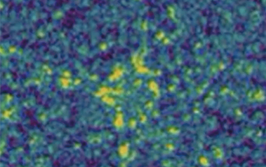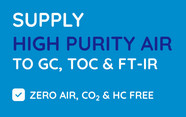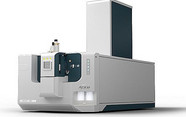The complementary roles of dynamic headspace and sorptive extraction in the analysis of fragranced consumer products using TD–GC–MS

contributed by Markes International Ltd |
The complementary roles of dynamic headspace and sorptive extraction in the analysis of fragranced consumer products using TD–GC–MS
Summary
This Application Note describes the analysis of three fragranced consumer products – fabric conditioner, washing detergent and washing powder – using three sampling approaches in conjunction with analysis by thermal desorption–gas chromatography–mass spectrometry (TD–GC–MS). As well as comparing the analyte ranges covered by dynamic headspace sampling, headspace sorptive extraction and immersive sorptive extraction, the ability of Markes’ re-collection technology to streamline method development and validation is discussed.
Introduction
The success of many personal care and household cleaning products has long depended on the precise mix of aromaactive compounds that they release. For example, manufacturers are continuously developing new formulations that offer different (or longer-lasting) fragrances, while consumers loyal to a well-established brand can notice even the slightest variation in fragrance quality. In addition, there has been increasing concern over the presence of potentially harmful compounds – such as allergens – in fragrance formulations. These factors have led to an ongoing need to monitor the volatile and semi-volatile organic compounds (VOCs and SVOCs) released by fragranced consumer products.
Log in or register to read this article in full and gain access to The Analytical Scientist’s entire content archive. It’s FREE!

















